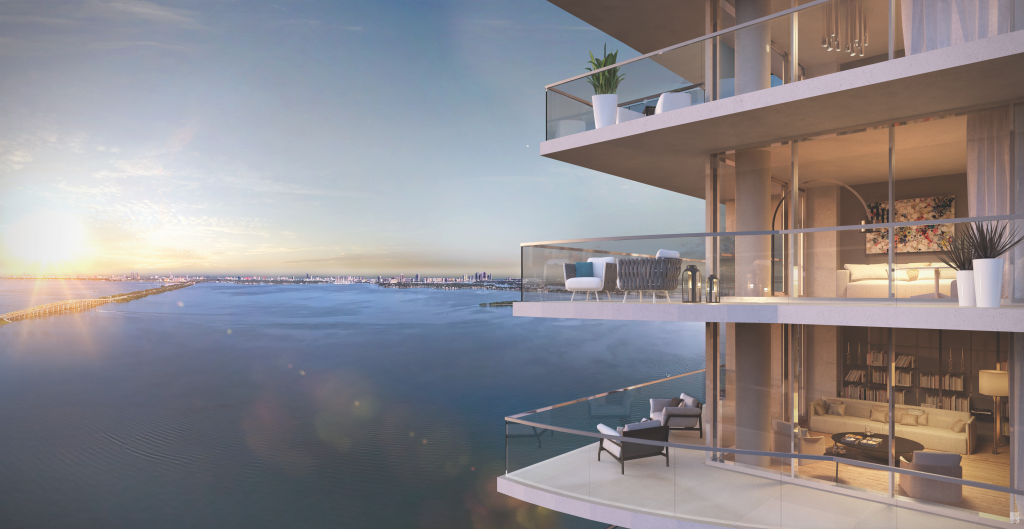
Photo courtesy of Daniel Ravenel Sotheby’s International Realty
Commercial real estate experts cannot reach a consensus.
Over the last couple years, most of the industry experts, economists, property managers and lenders have gathered together annually in hundreds of local and national seminars and conferences around the country. And they all debate on “where we are in the cycle?”
Where we are in the real estate cycle is an incredibly important topic. It matters because the entire real estate community hinges on market stabilization. The ripple effect of a declining real estate market can be crippling to nearly every person that makes their living in this space.
From the investors and lenders that provide the equity and the debt to the much-needed construction laborer that shows up on-site every day to construct or to renovate, a real estate downturn affects nearly all services providers. This includes appraisers, realtors, property managers and contractors.

I talk about real estate cycles in my online training, and most economists and real estate professionals break down the cycles into four different phases:
• Recovery
• Expansion
• Hyper Supply
• Recession
Phase 1: Recovery
The recovery phase is the bottom of the trough. Occupancies are likely at or near their low point with minimal demand for space and minimal leasing velocity. There is usually no new construction underway, and rental rate growth is either still negative to flat or, later in the phase, possibly occurring, but at levels that are below the rate of inflation. Identifying the beginning of the recovery phase is difficult as the market still feels like it is in recession.

Phase 2: Expansion
In this phase, demand growth increases, creating a need for additional space. Due to the tight supply, rapid rent growth (sometimes called “rent spikes”) can occur. Eventually, rents rise high enough, and the market reaches the key point where new construction is cost feasible. This is happening right now in many markets.

As long as demand grows higher than supply, vacancy rates continue to fall and the expansion continues. Many historical expansion cycles were slow, long-term, uphill climbs over long expansionary periods.
Eventually, rent growth accelerates faster and faster, and the market reaches another key point. Before this, sellers price land at its current value. After this, sellers price land at its current value plus a premium in anticipation of what it will be worth in the future. This is the birth of the real estate bubble, as prices and rent growth accelerate further.
However, at some point, supply finally catches up with demand. This key point is called equilibrium, and marks the end of the expansion phase. Unfortunately, since occupancy rates are at their highest possible levels, most real estate participants don’t recognize when this occurs.
Phase 3: Hyper Supply
The third phase in the market cycle is the “boom” time known as “hyper supply.” If you were paying attention to American real estate in the mid-2000s, you’ll recognize this era which was characterized by skyrocketing prices, mass building projects and by everyone and their brother wanting to buy real estate. This hyper supply is largely caused by builders who are paying more for land and construction than they should, basing their numbers on the belief that rents will continue to rise and thus justify their speculation. House flippers do the same thing, as they pay far too much for property because they know someone else will come and overpay them for the completed flip.

Demand during this time begins to level off as the supply built during the expansion phase reaches equilibrium. In other words, during the expansion phase, new construction is being built to accommodate the increased demand for real estate and at some point, it will catch up, and the amount of supply will equal the demand. In a perfect world, the market should stabilize nicely at that point because everyone is happy, but developing real estate is a slow process that can take years.

In many markets, the supply has overtaken the demand, and vacancies have begun to rise. In these markets, a house of cards is being built on the greater fool theory, and it’s just primed for a gust of wind to come knock it over.
Phase 4: Recession
In this phase, massive oversupply along with negative demand growth cause rents to be lowered, and losses to occur. Additionally, the price increases caused by hyper supply often force the Federal Reserve to raise interest rates. This has the positive effect of slowing new construction, but also increases financing costs on existing properties. If interest rates are raised high enough, this can cause potentially painful losses.
As the bid ask spread in property prices becomes too wide, market liquidity can become low or nonexistent, preventing landlords from cutting their losses easily by selling. Property owners stuck in this situation either need deep pockets to ride out the recession, or they are forced to make a distress sale and take catastrophic losses.

And since real estate is a large part of the overall economy, the entire economy suffers, which accelerates the real estate recession dynamics. Foreclosures begin to occur, and may even begin to accelerate. At this stage, shrewd investors pick up real estate bargains.
So where are we today?
That would depend heavily on what “market” you are talking about. Remember, the market cycles could be different for various niches, different locations and different users. Therefore, you first need to identify exactly what you mean by “the market”:
The commercial or apartment market? (Local or national?)
The housing market? (Local or national?)
The rental market? (Local or national?)

Each market is very different. For example, retail commercial is getting clobbered right now due to online sales, but multifamily commercial is hotter than hot due to lack of supply. The rental market is still growing in some markets and is flat in others. Every real estate category is so very different.
Real estate demand and supply is highly localized. Thus, a thorough knowledge of local economics is necessary to accurately pinpoint the real estate phases.
Right now, during this period in the multifamily market, there are spectacular stories of wealth being generated. For example, my partner Ross and I are currently selling and are in escrow on about 250 million in multifamily assets to willing buyers at record high prices (we had 45 offers). We bought these assets just 8 to 10 years ago for about 175 million. While I’m very happy to sell these assets, the point I want to make is that someone is investing in them. We think these markets and properties are well into the hyper supply phase. The buyers obviously do not.


That said, this game of musical chairs will soon come to an end, the music will stop and many people will be left without a chair. I would encourage real estate investors to recognize when they are in this kind of market and not get lured by the stories of wealth being made from the greater fool. Be patient, stick to your numbers, and if your numbers don’t work, find a real estate niche that does or be patient and wait.
There is still a lot of money to be made right now. There is still plenty of opportunity in all markets and all sectors. Just know the “why” before you invest, stick to the numbers and don’t get caught up in the hype.

